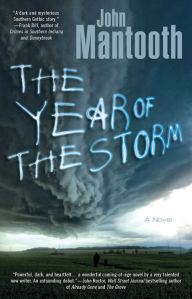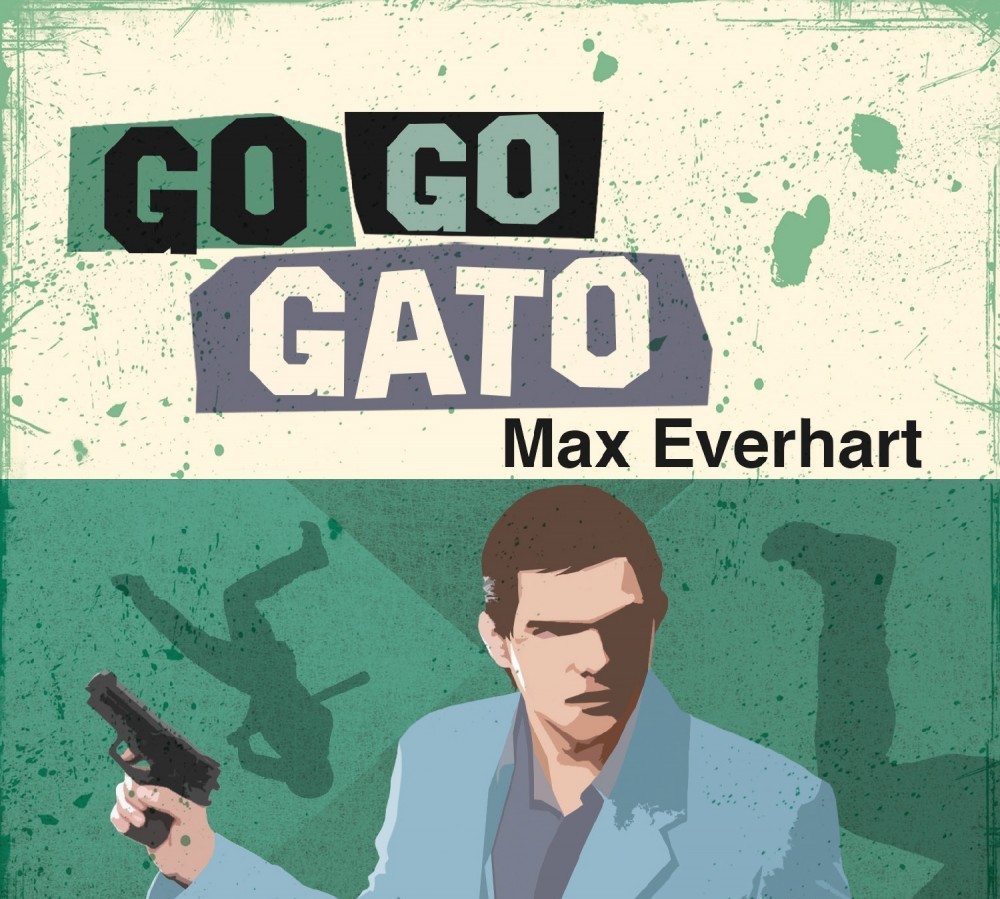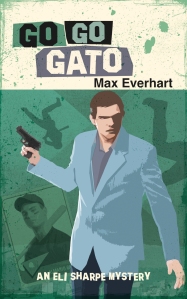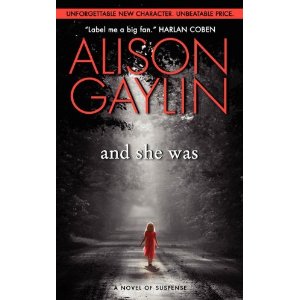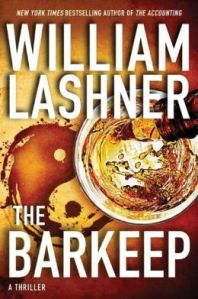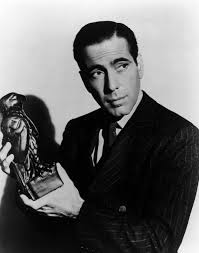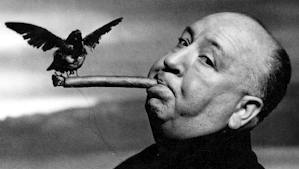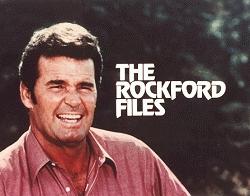I’m a pre-maturely middle-aged curmudgeon, who no longer enjoys reading coming-of-age stories. There, I said it.
Now let me say something else: The Year of the Storm, a crime/horror/literary coming-of-age novel, is a fantastic book. Told through two perspectives, one a fourteen year old boy named Danny, the other an old man named Walter, the story revolves around two missing people: Danny’s mother and sister, who are presumed by many to be dead. When the novel begins, Danny is desperate to know what happened, and then Walter, a chain-smoking wreck-of-a-man, appears on Danny’s doorstep in the middle of the night. Turns out, Walter may know something about Danny’s mother and sister, but in order to find them, Danny will have to engage in “slipping,” which, essentially means using the power of imagination to slip from the real world to another one. Entered into via a hidden storm shelter, this other world is guarded by a purely evil man who is holding Danny’s mother and sister as well as two other innocent young girls. In the end, Danny faces his fears and goes into this other world, so you could also call this a quest tale. As for plot, I don’t want to say much more.
There is much to praise in this jewel of a book, but I’ll start with the prose. Reminiscent of Ron Rash, the writing is elegantly spare with a depth of insight and heart not often seen in novels, let alone debut efforts. Throughout the narrative, I felt as if I were sitting on a back porch somewhere, cold beer in hand listening to these two men tell me a very personal, very engaging story. It is a testament to the strength of voice in this novel that early on in the story I no longer thought of Danny and Walter as characters, but as two men, flawed and conflicted, yes, but fundamentally decent human beings, ones I could relate to and root for. Great care was put into every sentence in this novel, and it is worth reading for the prose alone, but I also appreciate–on many levels–the use of the storm shelter and the storms themselves as literary devices. Granted, bad weather–tornadoes and lightning storms, in particular–are overused tropes in literature, and in the hands of a lesser author, they might have come across as passe or trite. But in this book, they fit perfectly and add layer upon layer of meaning. Danny is fourteen, which, as many of us know, means he is not a boy anymore, but he is not a man either, and the storms mirror that chaotic swirl of emotions that occur during that time in adolescence. Too, the storms make for a useful metaphor for fear, or, more specifically, facing down our deepest fears. A final element I enjoyed: this book is thematically dense while being extremely enjoyable. Weaved near-flawlessly into the fabric of the narrative are half a dozen themes: good versus evil; belief in magic; human sympathy; conquering deeply-held fears; friendship; and many more besides. And what’s particularly impressive about this is the author manages to nail pretty much of all of them. Readers of all ages could pick up this book and find something profound about human experience, something worth reflecting on.
In the end, The Year of the Storm manages to walk confidently on that tissue-thin line between a horror/crime novel and what is known as a literary book. It manages to make a reader turn pages AND think AND feel. That, I think, is a feat in and of itself . . .and a fairly stunning one at that. Read this book immediately.
